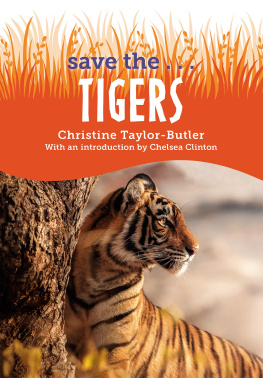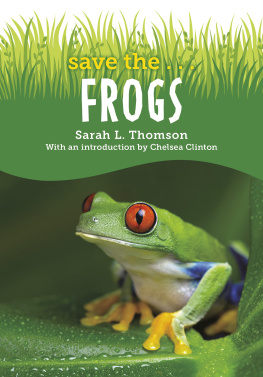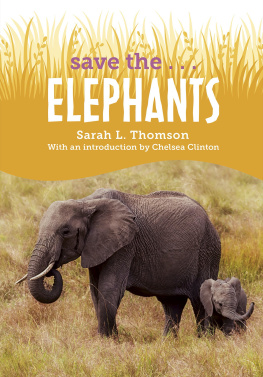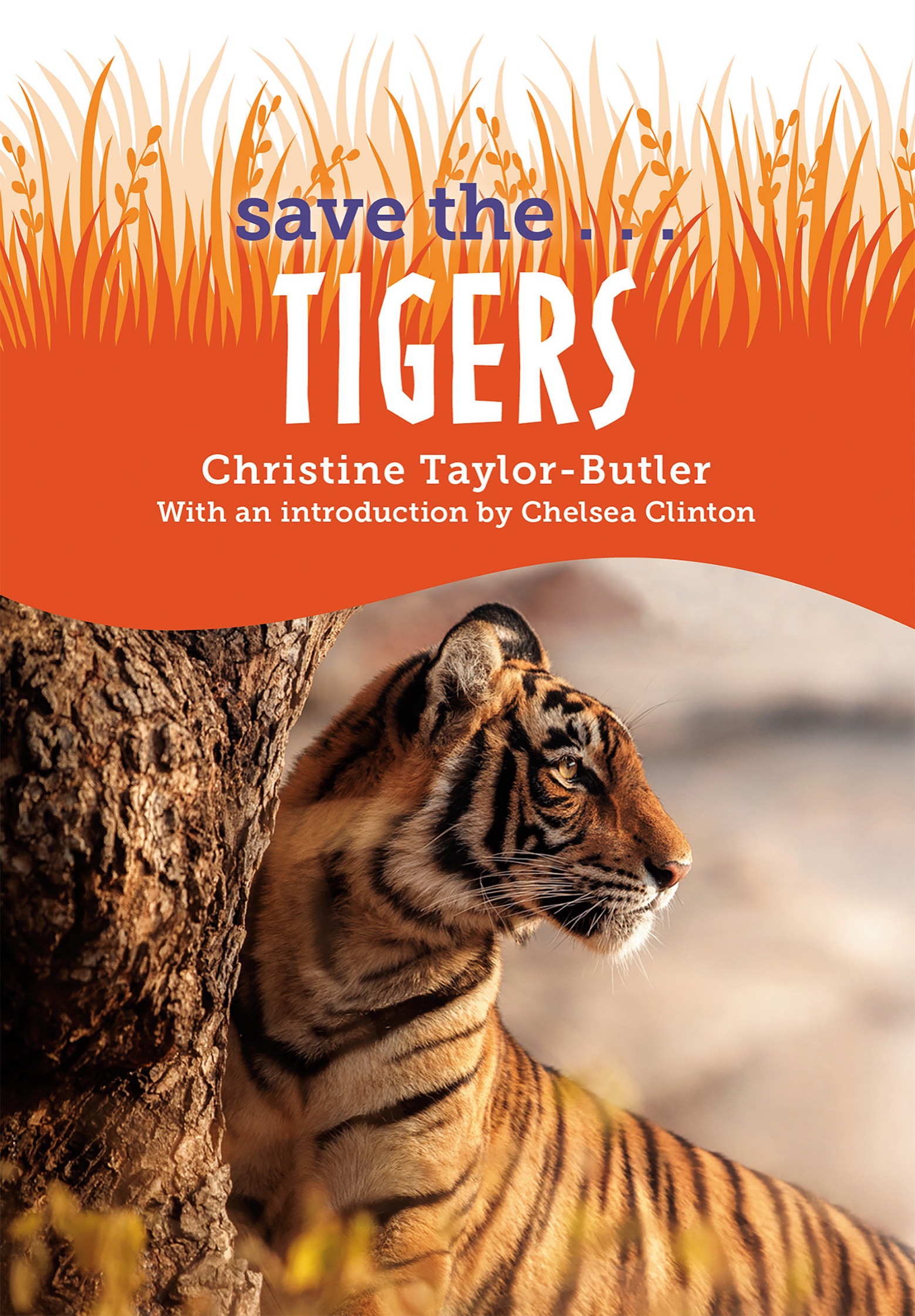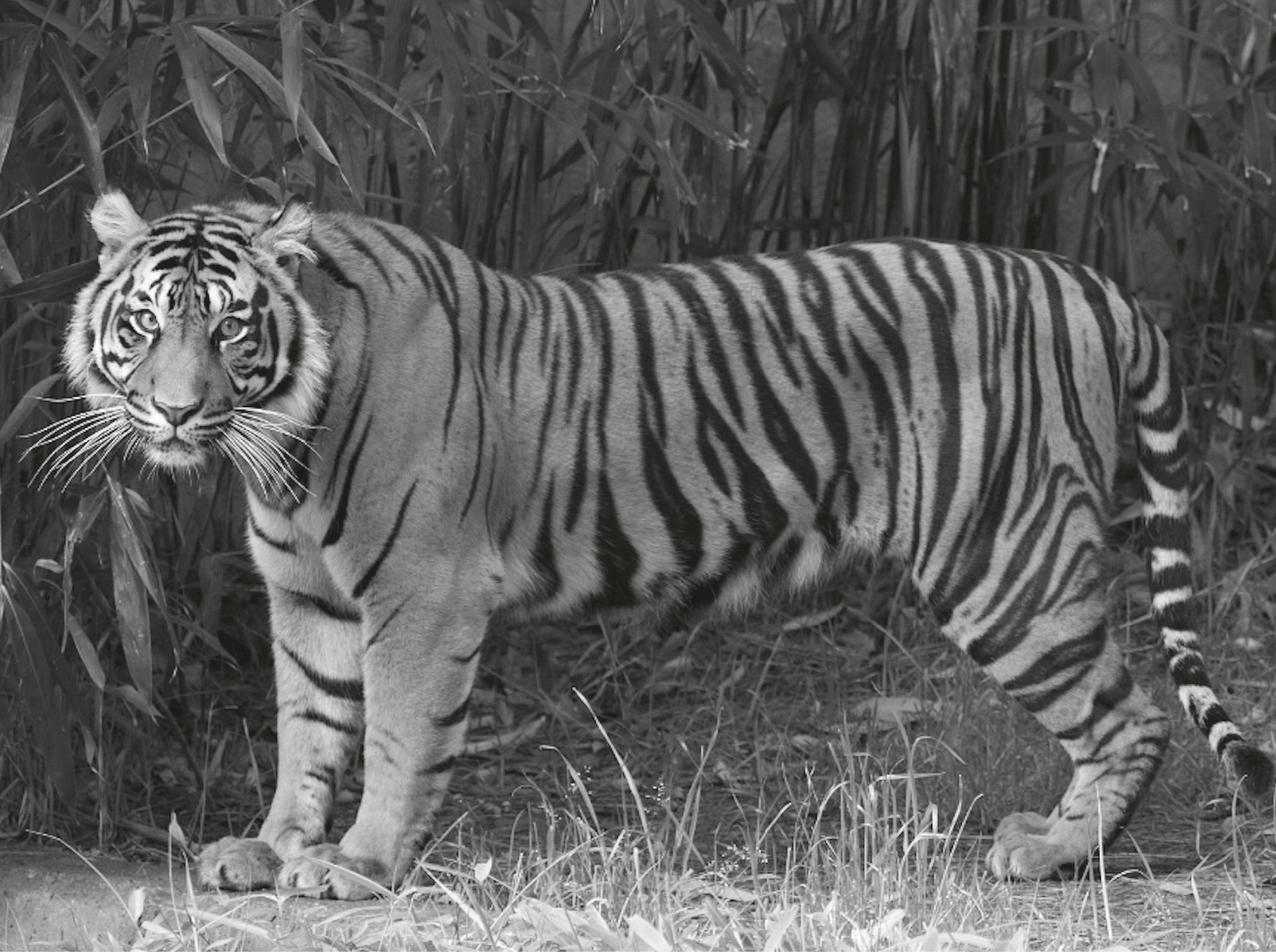PHILOMEL BOOKS
An imprint of Penguin Random House LLC, New York

First published in the United States of America by Philomel Books,
an imprint of Penguin Random House LLC, 2022
Text copyright 2022 by Chelsea Clinton
Photo credits: : NaturePL/Adobe Stock
Penguin supports copyright. Copyright fuels creativity, encourages diverse voices, promotes free speech, and creates a vibrant culture. Thank you for buying an authorized edition of this book and for complying with copyright laws by not reproducing, scanning, or distributing any part of it in any form without permission. You are supporting writers and allowing Penguin to continue to publish books for every reader.
Philomel Books is a registered trademark of Penguin Random House LLC.
Visit us online at penguinrandomhouse.com.
Library of Congress Cataloging-in-Publication Data is available.
ISBN 9780593404201 (hardcover)
ISBN 9780593404218 (paperback)
ISBN 9780593404225 (ebook)
Edited by Jill Santopolo and Talia Benamy
Cover photo: Photocech/Adobe Stock
Design by Lily Qian, adapted for ebook by Michelle Quintero
The publisher does not have any control over and does not assume any responsibility for author or third-party websites or their content.
pid_prh_6.0_140847917_c0_r0
Dedicated to all the kids who love this planet as much as I do. Together we can make a difference.
save the...
save the...
Blue Whales
save the...
Elephants
save the...
Frogs
save the...
Giraffes
save the...
Gorillas
save the...
Lions
save the...
Polar Bears
save the...
Tigers
save the...
Whale Sharks
Dear Reader,
When I was around your age, my favorite animals were dinosaurs and elephants. I wanted to know everything I could about triceratopses, stegosauruses and other dinosaurs that had roamed our earth millions of years ago. Elephants, though, captured my curiosity and my heart. The more I learned about the largest animals on land today, the more I wanted to do to help keep them and other endangered species safe forever.
So I joined organizations working around the world to support endangered species and went to our local zoo to learn more about conservation efforts close to home (thanks to my parents and grandparents). I tried to learn as much as I could about how we can ensure animals and plants dont go extinct like the dinosaurs, especially since its the choices that were making that pose the greatest threat to their lives today.
The choices we make dont have to be huge to make a real difference. When I was in elementary school, I used to cut up the plastic rings around six-packs of soda, glue them to brightly colored construction paper (purple was my favorite) and hand them out to whomever would take one in a one-girl campaign to raise awareness about the dangers that plastic six-pack rings posed to marine wildlife around the world. I learned about that from a book50 Simple Things Kids Can Do to Save the Earthwhich helped me understand that youre never too young to make a difference and that we all can change the world. I hope that this book will inform and inspire you to help save this and other endangered species. There are tens of thousands of species that are currently under threat, with more added every year. We have the power to save those species, and with your help, we can.
Sincerely,
Chelsea Clinton
CONTENTS
HOME ON THE RANGE
If you wanted to find a tiger, you might try looking in a rainforest. Or you might try a swamp. Of course you might also try looking in places with plenty of tall grass. A savanna would do quite nicely. Even a cold, frozen tundra would work. But even though tigers live in many climates, there is only one continent where you will find wild tigers. That continent is Asia.
Tigers in the Wild
How many tigers are still living in the wild? Thats not an easy question to answer. Scientists think there were once one hundred thousand tigers living in Asia. Thats enough tigers to fill every seat in the Roman Colosseum twice. Today there are probably fewer than four thousand tigers still living in the wild, so the seats would be almost empty. To find the tigers that remain, be prepared to travel. There are only six subspecies (or types) of tigers left on Earth. But they dont live in the same places.
Sumatran tigers live in tropical rainforests and mangrove swamps. Because Sumatra is an Indonesian island, these tigers dont ever come in contact with other types of tigers.
Indochinese tigers are found in the evergreen forests and mountains of Vietnam, Myanmar, Thailand, and southern China. There might be tigers in Cambodia and Laos, but no one has seen any recently, so we dont know for sure.
A Sumatran tiger.
Malayan tigers live in dense, moist tropical forests and brush on a strip of land called the Malay Peninsula. It is surrounded by water on three sides and contains parts of Malaysia, Thailand, and Myanmar.
Siberian tigers (also known as Amur tigers) live in the north where its often cold and snowy. They make their homes in Chinese and Russian pine forests.
Sadly there are only a few South China tigers left on Earth. To keep them from becoming extinct, the few that remained were first moved to Chinese zoos for breeding. But the tigers did not thrive at the zoos. No cubs were born. Now they are being relocated to captive reserves, where theyll live until they can be released into the wild. Combined, these five types of tigers are only a small fraction of the tigers still living in the wild. The rest live in India. In 2018, scientists counted almost three thousand Bengal tigers living in that countrys forests and grasslands. Thats three-quarters of all the wild tigers on the planet!
These tiger counts are estimates because scientists have found it difficult to count them. You may be wondering why. Well, Asia is gigantic! It contains 30 percent of all the land on our planet. At more than 17 million square miles, its so big it could hold two North Americasor five Europes. If you spread the tigers out across the continent, there would only be one every 4,250 square miles. So finding those tigers is not easy to do.
A Very Big Territory
But all that space isnt so bad for the tigers! They are solitary creatures that live and hunt alone on land called a territory or home range. A male tigers home range overlaps with the home ranges of two or more female tigers. The male visits long enough to start a family then leaves to patrol his territory and hunt.
The size of each home range depends on how much food is available. If there are plenty of animals to hunt, the range might be as small as nineteen square miles, making those tigers easier to track.

